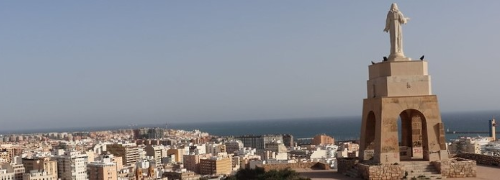 |
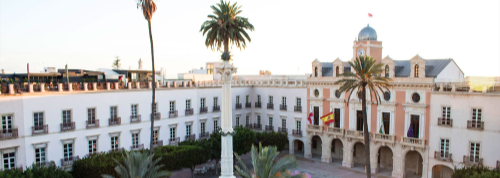 |
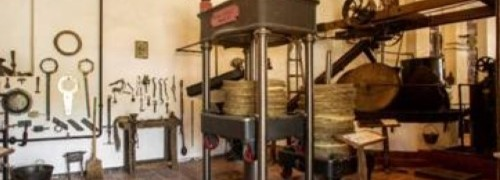 |
|
Cerro de San Cristobal (San Cristobal Hill) The mirador (viewpoint) with the statue of Jesus, erected in 1928, is located on a hill west of
the old town. Together with the Alcazaba, it actually offers the best view of Almería. However, since the Cerro is considered a center of
prostitution and the drug scene, and therefore not entirely safe, the area should be avoided even during the day, especially during the deserted
siesta period.
|
Plaza Vieja (Old Square) The main square of the old town can be reached from the Puerta de Purchena via Calle de las Tiendas. This street of
shops is considered the oldest street in the city. It once lived up to its name with its upscale stores and elegant atmosphere. However, as the city
center has shifted eastward, the area seems less busy today than it once did. Even the very charming Plaza Vieja itself, officially called Plaza de
la Constitución, has become somewhat secluded. In the evening, when other parts of the city are bustling, the enclosed square with its arcades and
the town hall forms a nostalgic oasis of calm.
|
Museo del Aceite de Oliva (Olive Oil Museum) In an old townhouse at Calle Real 15, not far from the southern end of Calle Tiendas, the
Castillo de Tabernas company has established a museum dedicated to olive oil. An old oil mill has been installed on the ground floor of the building,
and display panels provide information about the production and processing of this precious juice. The exhibition also includes a retail shop owned
by the producer.
|
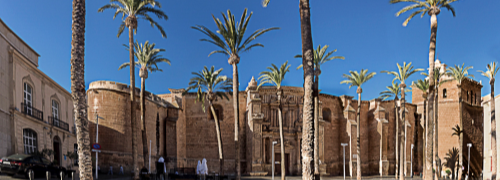 |
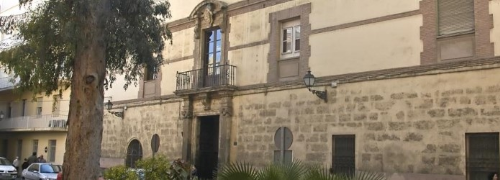 |
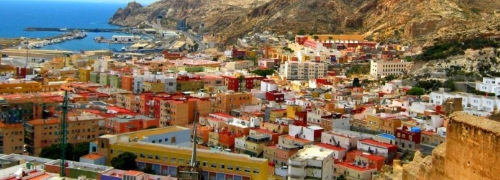 |
|
La Catedral (The Cathedral) This imposing cathedral was built shortly after the 1522 earthquake on the site of a mosque. It not only looks
like a fortress, but was also designed as one to counter the threat of pirate attacks. From the outside, the most impressive features are the richly
decorated main portal in the south and the four massive towers that once housed cannons.
|
Hospital Real (Royal Hospital) A little further towards the sea from the cathedral lies the listed Royal Hospital. The building, which still
serves as a hospital today, is particularly noteworthy for its 18th-century neoclassical façade.
|
Barrio de la Chanca (Chanca Quarter) The district west of the Church of San Juan seems to have barely changed in centuries. It is the poorest part of
the city, and the dilapidation of many of its buildings is glaringly obvious. It's not exactly an area that invites wandering: the long-suffering
population there, some of whom still live in poorly furnished cave dwellings, rightly doesn't consider themselves a sightseeing object and doesn't
welcome tourists at all. The tourist office even warns of robberies and advises visiting Barrio Chanca, if at all, only during the day and in groups.
|
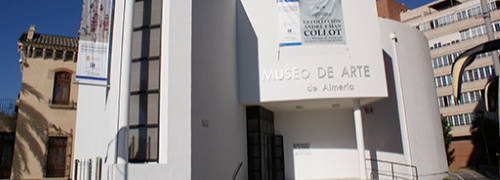 |
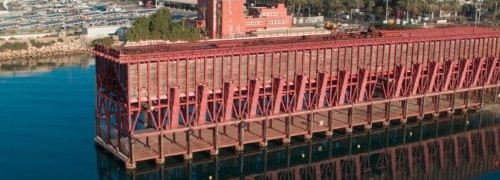 |
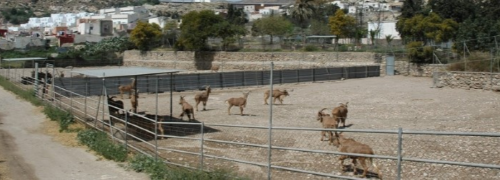 |
|
Centro de Arte Almería (Art Center) This art gallery, located near the train stations, hosts changing exhibitions, including a collection of
works by Joan Miro at the opening.
|
Cable Inglés (historic loading of iron ore) This imposing iron structure, also known as the Puente Inglés (English Bridge) or El Alquife,
stands not far from the marina on the city beach of Playa Almadrabillas. Built in 1902 by a British company and opened in 1904, it was connected to
the train station by rail and used to load iron ore onto ships. Disused in 1970, the structure is now considered a landmark of Almería.
|
Instituto Aclimatación Fauna Sahariana (Institute for Acclimatization of Saharan Fauna) The institute, also known as the Saharan Reserve,
strives to preserve Saharan fauna and, for this purpose, has created a kind of park where the animals can live in relative freedom. It is not a zoo,
but those truly interested can request a visit by calling 950 276400. Guided tours are available only in Spanish. Unfortunately, the site has been
closed recently but is expected to reopen one day. The institute is located in the area north of the Alcazaba.
|
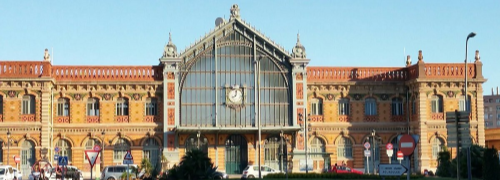 |
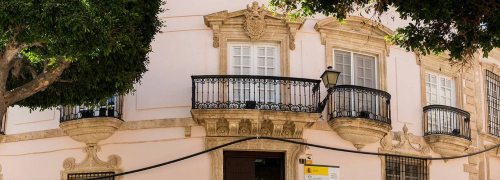 |
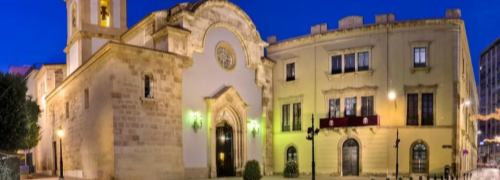 |
|
Antigua Estación Ferroviaria (Old Train Station) Almería's old and very beautiful train station (built in 1893) stands out for its magnificent
mix of styles, with an emphasis on Neo-Mudéjar. It is located east of the Rambla Belén, within walking distance of the city center.
|
Archivo Histórico Provincial (Provincial Historical Archives) The Palace of the Viscounts of Almansa is an 18th-century palatial residence
in the city of Almería, which currently houses the Provincial Historical Archives.
|
Basílica Vírgen del Mar (Basilica of the Virgin of the Sea) The Sanctuary of the Virgin of the Sea, patron saint of Almería, or the Church of Santo Domingo de Guzmán is a temple in the city of Almería, originally conceived as a convent church for the religious community of Santo Domingo de Guzmán, the Dominican Fathers, who reside in the adjacent convent.
|
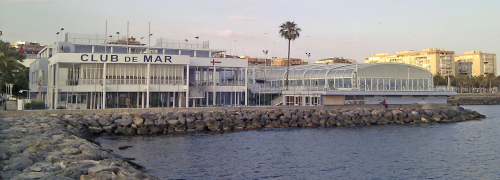 |
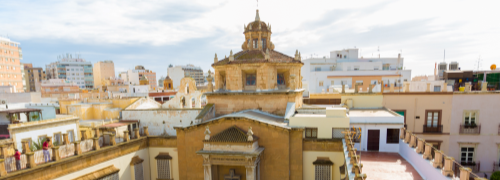 |
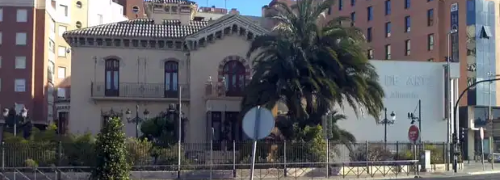 |
|
Club de Mar (Yacht Club) It is one of the most important clubs in Spain and is also one of the other members of the Spanish Association of
Nautical Clubs (AECN), to which it belongs.
|
Convento de las Claras (Convent) The church and convent of Santa Clara form a large rectangle between Jovellanos, Mariana, Marín streets
and the Plaza de la Constitución. It has been a Site of Cultural Interest since 1992. |
Museo del Arte (Art Museum) It is a public urban museum in the city of Almería, dedicated to contemporary Almerian art from the 19th century
to the present day. It houses mainly paintings and sculptures. The museum is divided into two locations: the Doña Pakyta Art Museum (Almerian art
from 1880 to 1970) and the Almeria Art Museum - Room 2 (Almerian art from 1980 to the present day).
|
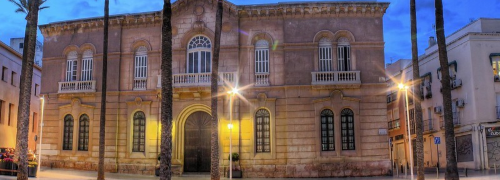 |
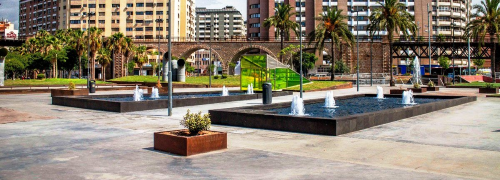 |
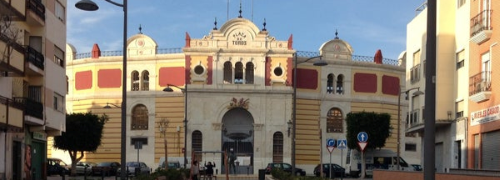 |
|
Palacio Episcopal (Bishop's Palace) The Episcopal Palace of the city of Almería is the episcopal seat of the Diocese of Almería, a suffragan
diocese of the Archdiocese of Granada.
|
Parque de Almadrabillas Almadrabillas Park is an urban park in the city of Almería, located at the mouth of Rambla Belén. This park surrounds
the Cable Inglés and the Almería Holocaust Memorial, which consists of 142 cement columns, one for each victim.
|
Plaza de Toros (Bullring) The bullring is the capital's bullring. On January 20, 2021, it was declared a Cultural Monument, included in the
General Catalog of Andalusian Historical Heritage, and published in the Official Gazette of the Andalusian Regional Government.
|
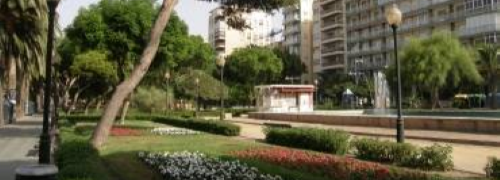 |
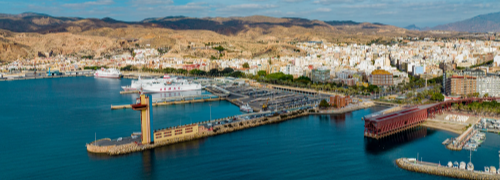 |
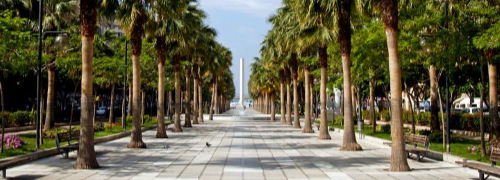 |
Nicolás Salmerón Park Nicolás Salmerón Park is an urban park in the city of Almería, located between the port and the city. It is divided into
three areas known as the Old Park, the New Park, and San Luis Promenade.
The Old Park, as the area adjacent to the port is popularly known, stretches from the Rambla de la Chanca to the Fuente de los Peces roundabout, the
work of Jesús de Perceval, at the foot of Calle Real. It was designed by José María de Acosta and is home to a multitude of centuries-old trees. The
area surrounding the park is decorated with fountains and ponds, as well as street furniture and rows of palm trees.
The Nuevo Park, in turn, is
an area decorated with ponds and fountains, redesigned in the 1970s by Guillermo Langle Rubio to commemorate Spanish Navy Week. It runs from the
aforementioned roundabout to Avenida Reina Regente. |
Puerto (Harbor) The port of Almería is located in the Gulf of Almería on Spain's Mediterranean coast. There are routes to Melilla, Algeria,
and Morocco, and it is also a stopover for tourist cruises in the Mediterranean. There is also a marina where private recreational boats can dock. It
has a fishing port and a cargo area, which have been gradually expanded since the mid-1990s.
|
Avenida Reina Regente (Rambla Belén) The Rambla de Belén, better known as La Rambla, actually consists of three ramblas (Obispo, Belén, and
Amatisteros), which today form a single street in Almería. It is formed by the avenues Federico García Lorca and Reina Regente, through which the
Rambla ran until it was covered between 1994 and 2000, becoming an important commercial and leisure area crossing the city from north to south.
|
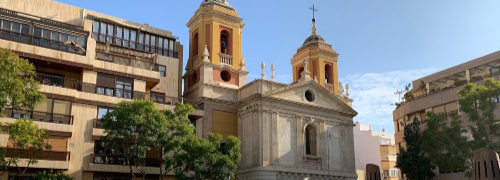 |
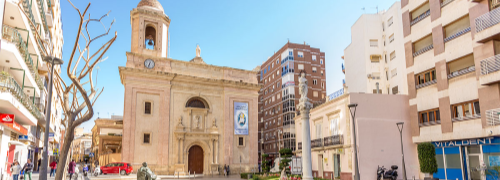 |
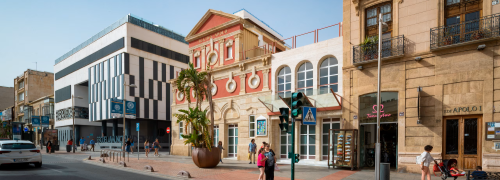 |
Iglesia San Pedro (St. Peter's Church) The Church of San Pedro is a Catholic temple in the city of Almería.
During the Spanish Civil War, a small air-raid shelter with a capacity of approximately 200 people was built beneath the building. During a bombing
raid, the dome of the left bell tower was severely damaged by a projectile. It was restored after the end of the war in 1940, and the color
difference between the tiles covering the two bell towers is clearly visible.
|
Iglesia San Sebastián (Church of St. Sebastian) The Church of San Sebastián is a 17th-century Catholic temple.
The Brotherhood of Charity,
which performs its penitential act on Holy Tuesday afternoon, has its headquarters here. It is also the headquarters of the very ancient, royal, and
venerable Brotherhood of Our Lady of Carmen, the brotherhood crowned Queen of the Orchards.
|
Teatro Apolo It is the only surviving theater among the many that existed in Almería in the 19th century (such as the Principal, Trianón,
Variedades, Calderón, etc.). Its construction dates back to 1881 and replaced the latter building at the corner of Calle Juan Lirola and Boulevard
Obispo Orberá.
|
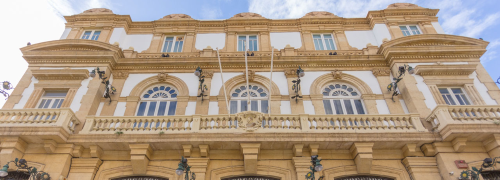 |
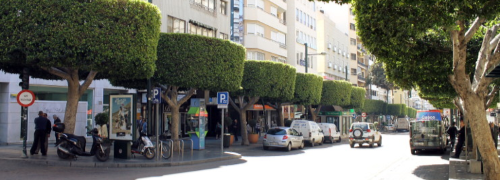 |
 |
|
Teatro Cervantes The Cervantes Theater and the Mercantile and Industrial Circle are buildings in the city of Almería. With its inauguration in
1921, it fulfilled the city's decades-long desire to have a prestigious building for cultural and recreational activities. In 1898, architect Enrique
López Rull designed this monumental, richly decorated building, which perfectly fits the eclecticism of the time.
|
Paseo de Almería (Promenade) The Paseo de Almería is a city promenade that runs between the Puerta de Purchena and Plaza Emilio Pérez, where
it meets the Rambla de Belén. It is the city's main commercial and banking center and features several cafés and an important recreational area.
|
The City's Coat of Arms The coat of arms is surrounded by a ribbon bearing the motto: "Most Noble, Most Loyal and Determined for Freedom,
City of Almería."
|
| |